
Discover the stunning Alpujarra
and the Costa Tropical
The first written account of Polopos is from 1508. It is certain that the village existed before that time, but we can’t know for sure when the first settlement was established. We will discuss the history of the region and its people in earlier times and see what prehistoric life looked like for someone living around Polopos.
The Contraviesa range is a significant geographical feature of the Alpujarra region, stretching approximately 40 kilometers from east to west. Its highest peak, Cerro del Conjuro, reaches an elevation of 1,569 meters (5,148 feet) above sea level.
The Contraviesa mountain range, located in southern Spain's Andalusia region, offers a window into a part of the country often overlooked by outsiders. This range, part of the larger Alpujarra area, sits between the Mediterranean Sea and the Sierra Nevada mountains.
The architecture of the Alpujarra is characterised by its white washed houses and flat roofs. The villages are reminiscent of the Berber settlements in the Atlas mountains in Morocco.
On December 19, 1988, the last manual telephone switchboard in Spain, in Polopos, was closed. Magdalena Martin was the last operator.
What to do and where to go
What to do and where to go when you are on holiday in Polopos? Walking trails can be found all over the Contraviesa and the Alpujarra, so hiking is the first thing that comes to mind. But where do you go to buy the best jamon in the area? What are the best restaurants? Which beaches are the most beautiful? Are there museums that you can visit and how far is it to de nearest shopping mall or city? Find your answers here, where we will continue to add more locations and opportunities to have a good time.
Only 35 minutes by car from Polopos you will find the first suspension bridge in the Spanish Mediterranean in Torrenueva Costa, next to Motril. The bridge is 60 meters long and hangs 35 meters above the sea. It is located in a public park and the entrance is free.
The whole region around Polopos, the Alpujarra, is a fantastic location for hiking. From the Contraviesa mountain range where Polopos is located you get the added bonus of beautiful views of the Mediterranean Sea. Starting in autumn and all through winter you also have
Tourists that have visited Almeria in the past may have passed the Cable Ingles without ever knowing what it was used for. It is a piece of industrial history, an impressive landmark that you are now able to go and see and walk on, all the way till the end of the pier.
Follow us on Instagram:
Houses for sale

“A house with a view can mean anything, but wait till you see this one”
Now for sale
Houses for sale in Polopos
An apartment in the centre of the tranquil mountain village of Polopos has come on the market, which is immediately habitable and rentable. This two-storey house has two bedrooms and one bathroom, ideal for a small family or holiday gettaway with friends.
At 470 meters above sea level, halfway up the mountain between the coast and Polopos, this stunning cortijo has just come on the market.
- SOLD- This house offers many possibilities, with fantastic views from the terraces and garden. The house has been renovated in 2021 and has a completely renovated apartment with separate entrance with the official permits to rent out. (vivienda rural).
RESERVED - This house with separate studio and ruin is situated at the edge of the mountain village Polopos and has unspoiled views. The house combines authentic ‘alpujarreño’architectural elements with modern comfort.
- RESERVED - If you are looking for a beautiful town house, situated in the mountains, with spectacular sea views, clean air and a relaxed lifestyle, then this is for you.
Houses for sale in Rubite
This fully renovated detached cortijo with plunge pool is situated in Los Diaz, a small hamlet in the municipality of Rubite. It is only a 10 minute drive to the coast and the nearest supermarket.
A house with allot of potential, this three story house is located on the outskirts of the little village Rubite in the province of Granada. This house has been partially renovated in 2019 and is a blank slate for anyone with a dream of building their own house.
This house formerly known as Casa de Paco Molinero situated on one of the oldest plaza’s of Rubite has a beautiful history. It used to be a shop, a bar, a bakery and since 1998 a holiday home for two best friends.
This house has allot of potential but does need someone who does not mind rolling up their sleeves. This large house still has many authentic elements and could be turned into a real gem!
Houses for sale in other villages
Close to the center of Albunol, but thanks to the large fruit garden this stand alone house invites outside living. From the balcony you have an amazing view over the town, the valley and the sea.
Perfect for lovers of mountains and authenticity, this gem of a house has plenty to offer. Big enough for several friends to buy together, or as a business opportunity to rent out.
- SOLD - Situated only a 10 minute drive away from the beautiful beaches and the center of Castell de Ferro lies this unique property, surrounded by nature and connected to electricity, water and the internet.
For the ultimate off the grid feeling you need to visit this 3 ha cortijo situated about 10 minutes drive from the picturesque town of Sorvilan. Situated in between the almond- and fig-trees this home is a heaven for tranquility.
Art

Boxie is the fourth artist in residence that we welcomed in Polopos. We first met Boxie and his girlfriend Pascale when they booked a stay with us in Casa 3 about two years ago, not as artists but as tourists.
We were very excited to receive Brie Adkins as the first artist in our new artist residence. This talented Muralist flew all the way from Alberta Canada to our little town of Polopos Spain to do a residency the whole month of October 2022.
The architecture of the Alpujarra is characterised by its white washed houses and flat roofs. The villages are reminiscent of the Berber settlements in the Atlas mountains in Morocco.
Polopos has a curious quality of attracting all kinds of people. The majority is still Spanish and that is a thing to cherish, as most Spanish cities and villages that are as close to the coast as we are, have dramatically lost their Spanish identity with the influx of foreigners vying for a place under the Andalucian sun.
Spanish Cooking

In 2021 Wijnand published a Spanish cookbook with renowned Dutch publishing company Luitingh Sijthoff. Ever since his walking journey through fourteen European countries he has been fascinated by recipes that belong to the gastronomical national canons. Wijnand was a guest in almost 300 households and was often treated to traditional home cooked meals like burek in the Balkans, various regional pasta specialties in Italy, or boeuf Bourguignon in France. In Spain he tasted over 40 tortillas and found out that not everyone in Spain knows how to make one, or at least, that there are many different family traditions and not all were equally satisfying to his taste.
Looking up recipes on the internet wasn’t of much help to find a definitive one. When Thysa and Wijnand moved to Spain in 2019 he started researching recipes like the tortilla Española, asking neighbors and chefs that he met and reading a lot of Spanish cookbooks. The 80 recipes in his own cookbook are the result of this research. In it you will not only find his definitive tortilla Española recipe, but also some very local specialties and famous dishes like paella Valenciana, pimientos de Padron, Xato, tarta de Santiago and many others. At the moment his cookbook is only available in Dutch, but he hosts cooking workshops in Casa 3 where everyone can learn the techniques and idiosyncracies of Spanish cooking and taste the true Spanish cuisine.
Go to our page about Spanish Cooking to book a workshop, buy the book or find blogs with recipes and other information about Spanish cooking!.

































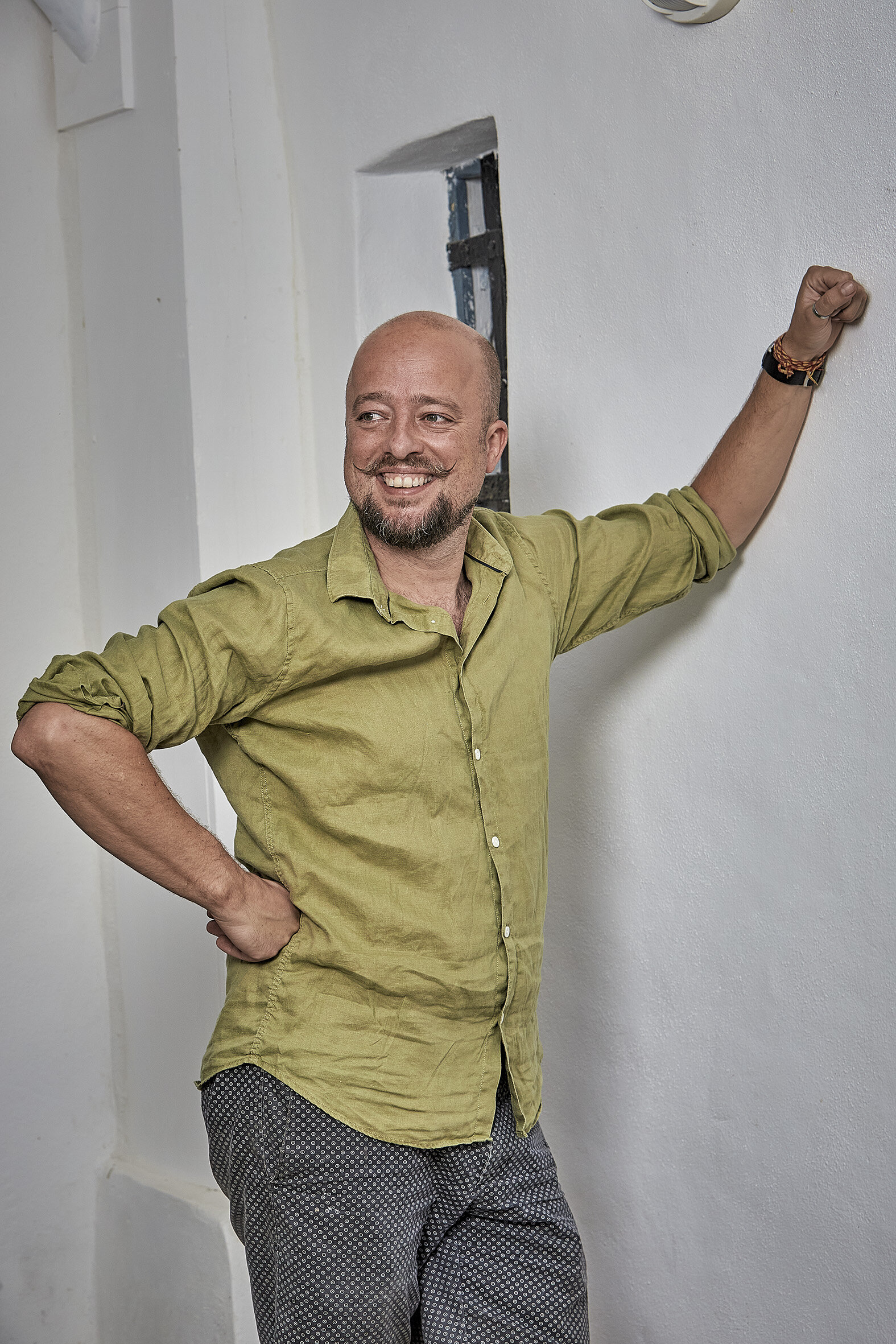
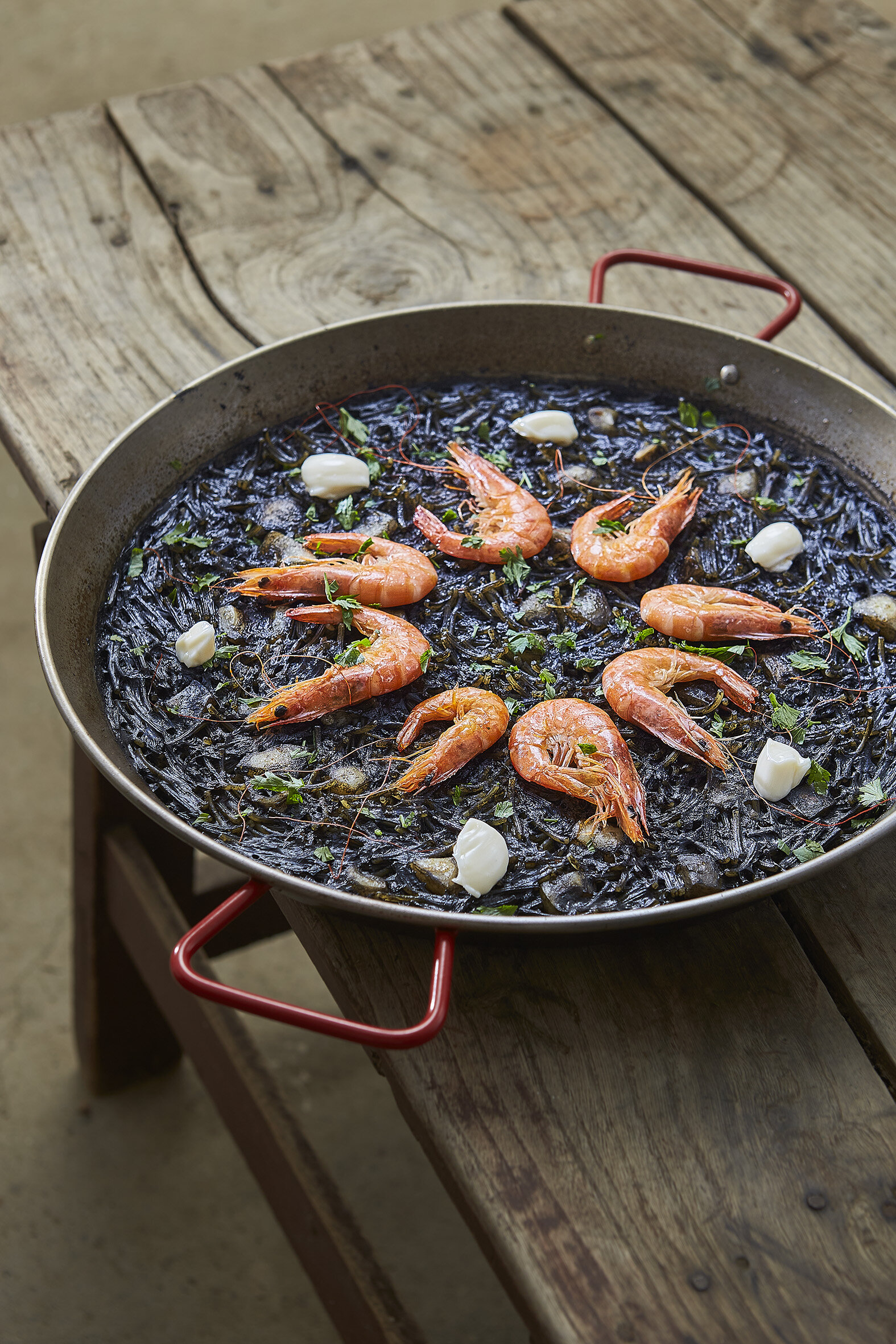
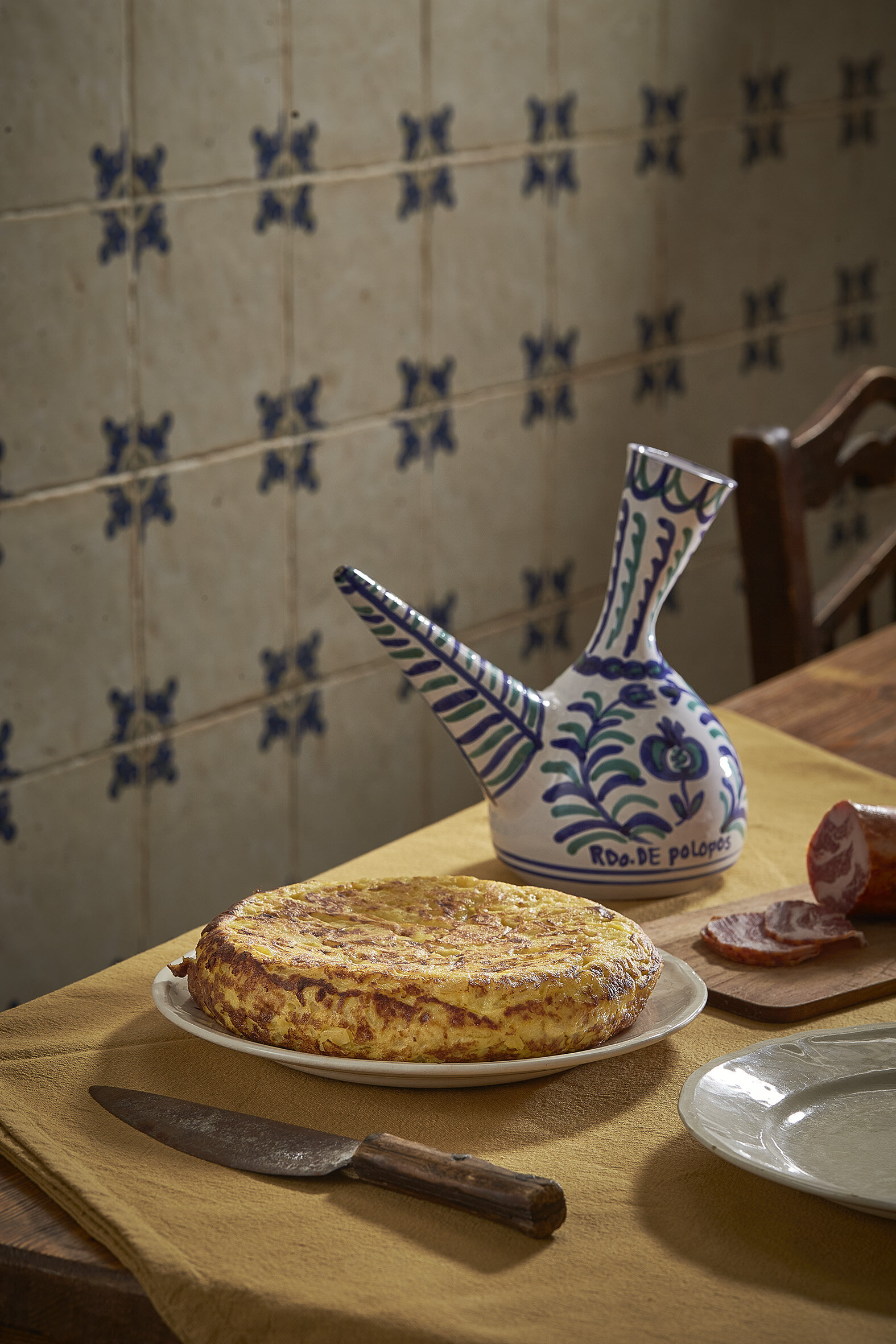
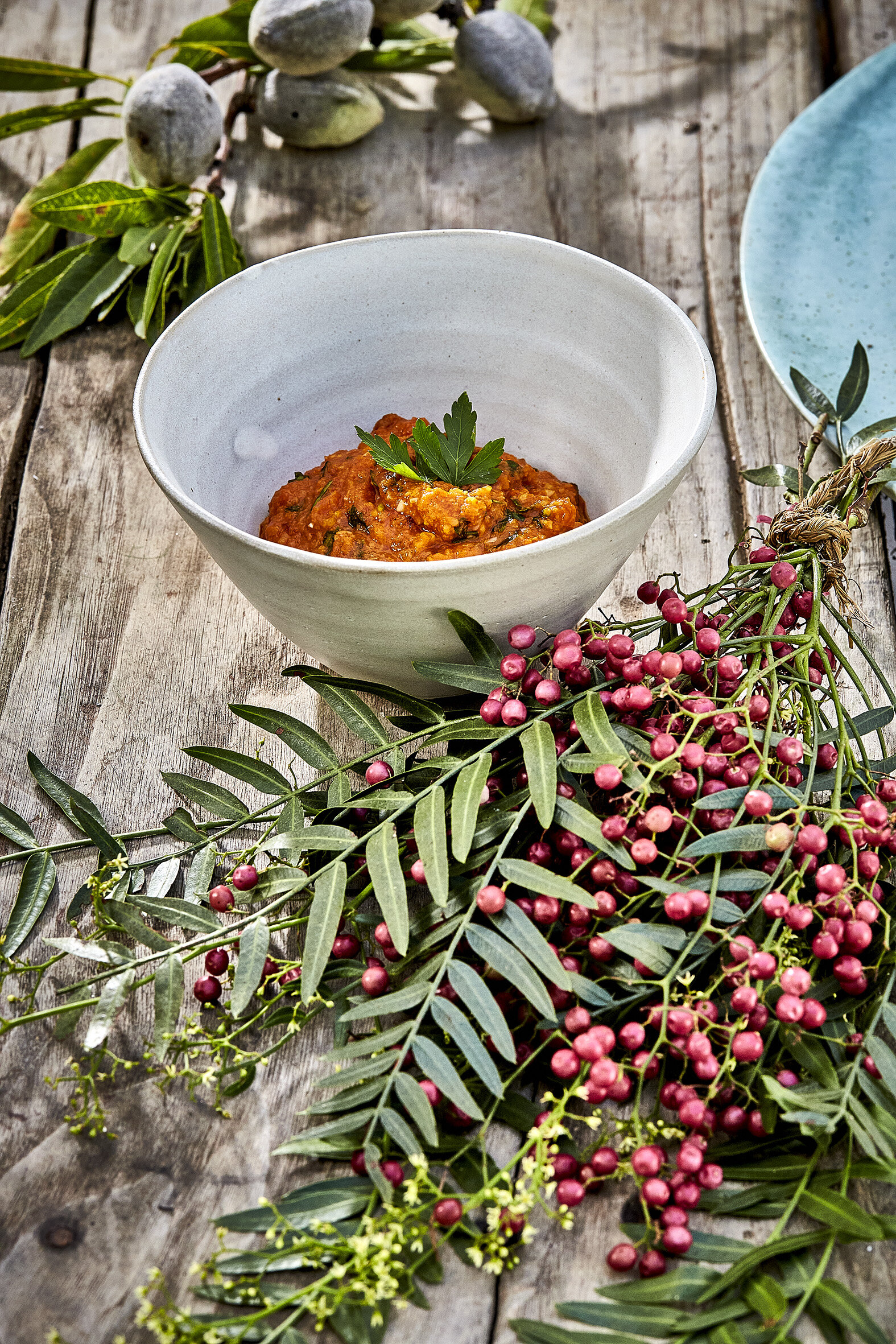
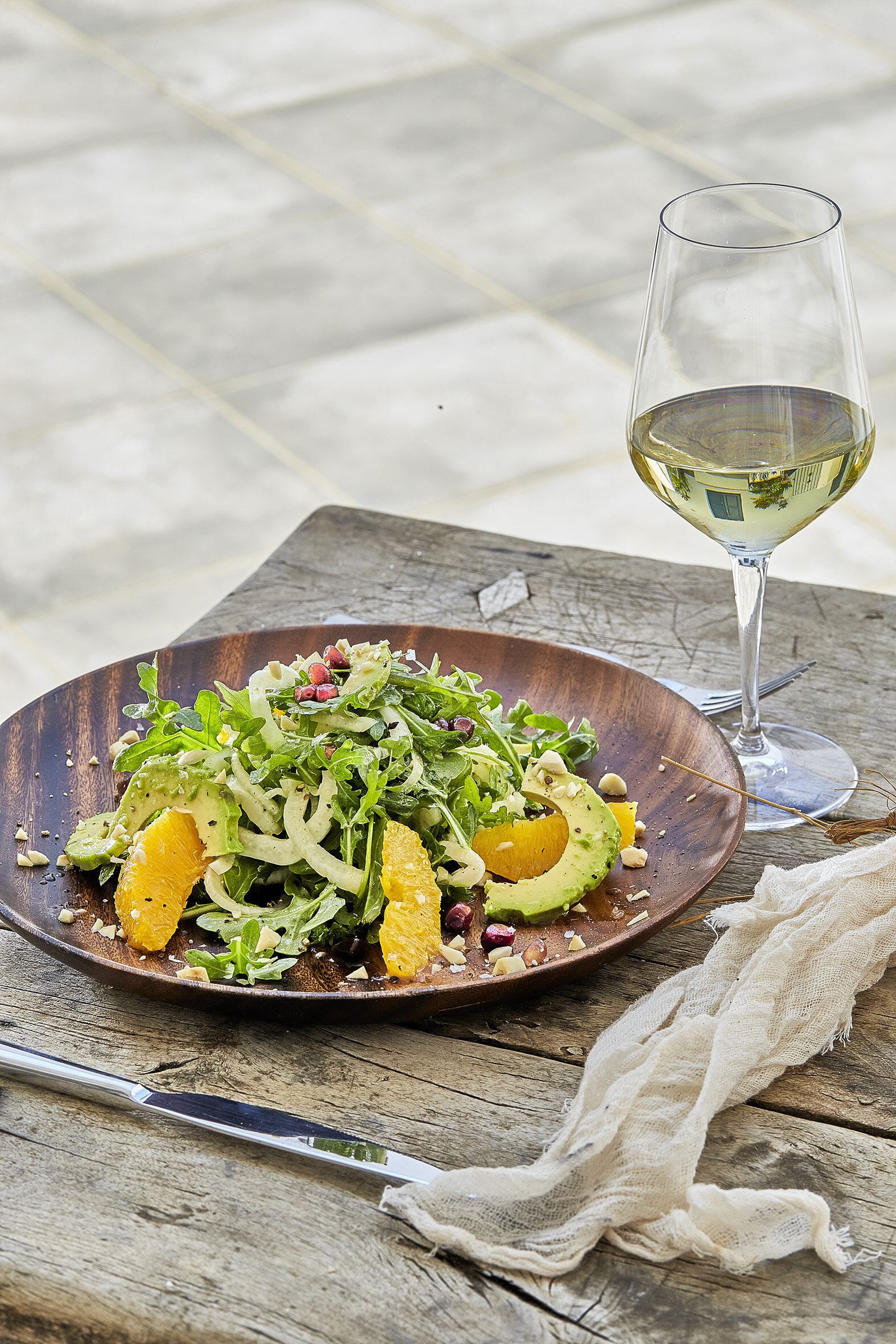
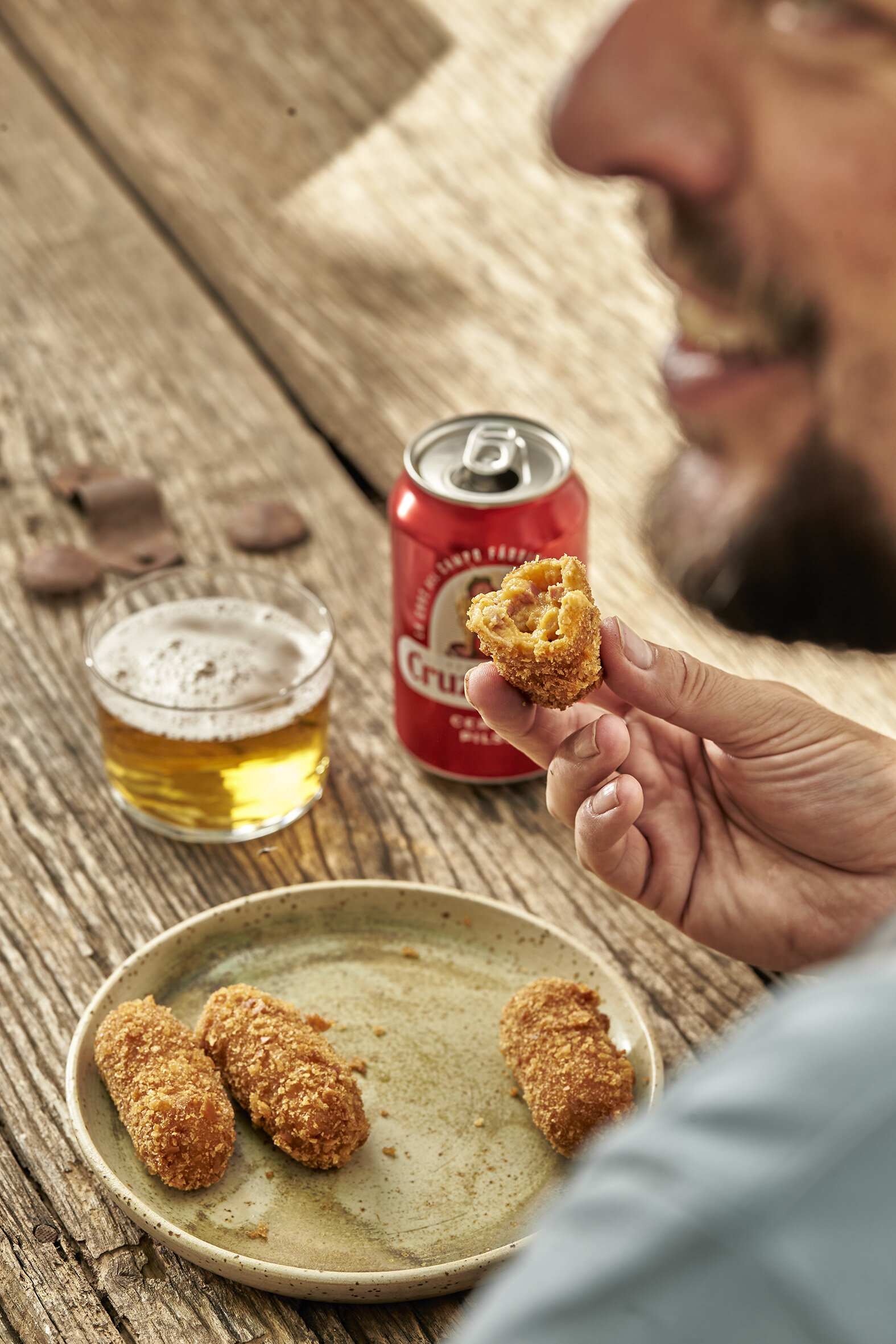



There is no direct archaeological evidence of Phoenician colonies in the Alpujarra. The Phoenicians, known for their maritime trading culture, primarily established coastal settlements along the Mediterranean shores of the Iberian Peninsula from around 1100 BCE to 300 BCE.